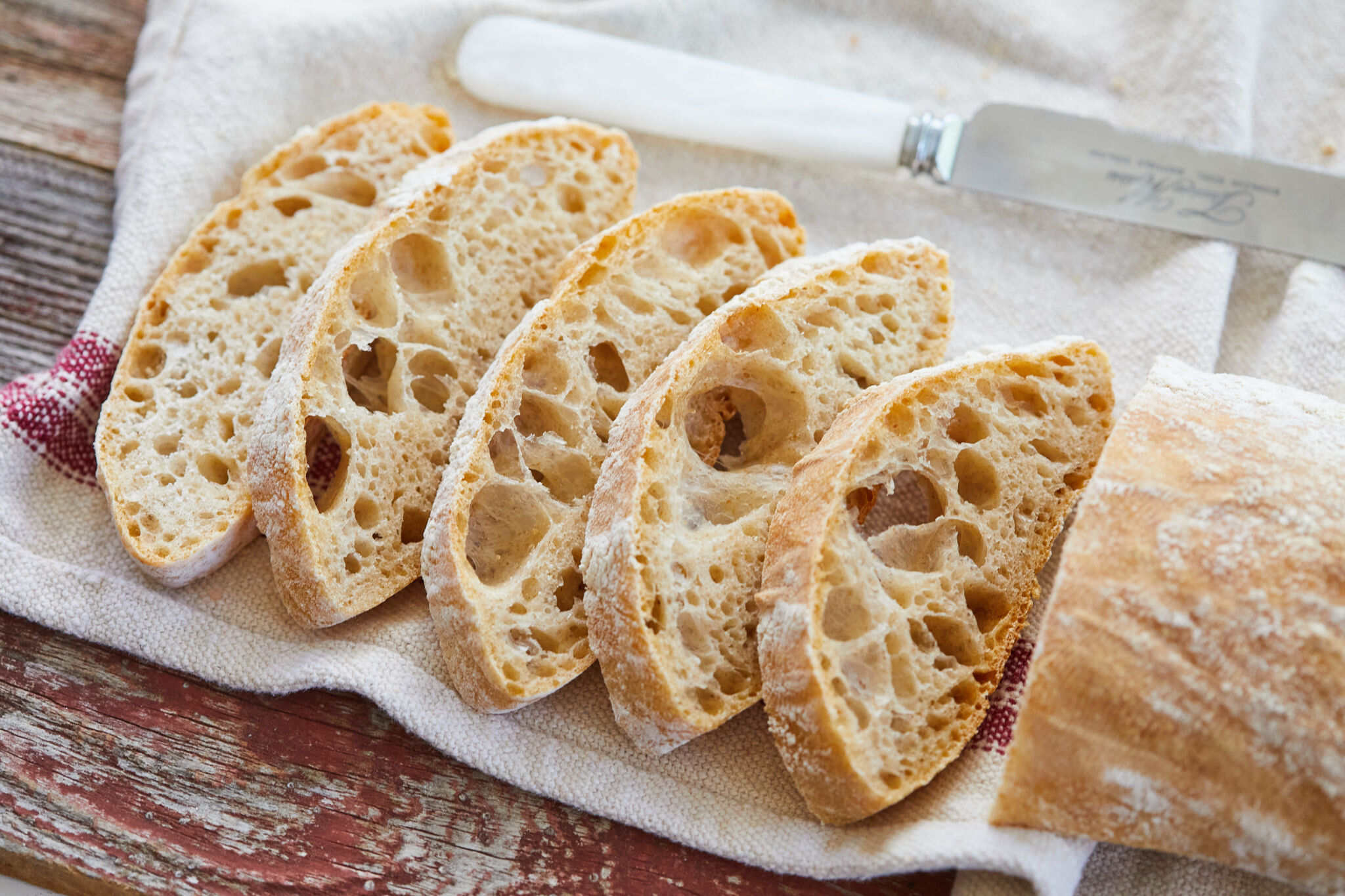

Articles
How To Store Ciabatta Bread
Modified: October 19, 2024
Learn the best techniques for storing your ciabatta bread to keep it fresh and flavorful for longer. Check out our informative articles on proper bread storage.
(Many of the links in this article redirect to a specific reviewed product. Your purchase of these products through affiliate links helps to generate commission for Storables.com, at no extra cost. Learn more)
Introduction
Welcome to the world of ciabatta bread, a delicious and versatile Italian bread known for its airy texture and crispy crust. Whether you’ve just baked a fresh loaf yourself or bought one from a bakery, knowing how to properly store ciabatta bread is essential to maintain its quality and freshness.
Ciabatta bread, with its origins in Italy, is a favorite among bread enthusiasts and food lovers alike. Its unique characteristics, such as its irregular shape and large air pockets, make it a perfect companion for dips, sandwiches, and even as a standalone snack. However, ciabatta bread, like any other bread, has a limited shelf life and can go stale or lose its texture if not stored properly.
In this article, we will explore the different methods and tips for storing ciabatta bread to ensure it remains at its best for as long as possible. Whether you plan to enjoy it over the next few days or want to freeze it for future use, we’ve got you covered.
Before diving into the details of proper storage methods, it’s important to understand the factors that affect the shelf life of ciabatta bread. The freshness of the bread, the temperature and humidity of the storage environment, and the exposure to air and moisture all play vital roles in determining how long your ciabatta bread will stay fresh.
So, grab a slice of ciabatta bread and follow along as we guide you through the dos and don’ts of storing this delectable Italian treat. You’ll soon be able to enjoy ciabatta bread at its best, regardless of when you decide to indulge.
Key Takeaways:
- Proper storage of ciabatta bread is crucial to maintain its exceptional taste and texture. Factors like freshness, exposure to air, and storage duration play a vital role in determining its shelf life.
- Whether storing fresh ciabatta bread, freezing it for later use, or reviving stale bread, proper techniques ensure its longevity and delightful taste. Understanding the factors and methods is key to savoring this Italian treat.
Read more: How To Store Bread Machine Bread
Understanding Ciabatta Bread
Before we dive into the storage techniques for ciabatta bread, let’s take a moment to understand this beloved Italian bread and its unique characteristics.
Ciabatta bread is a traditional Italian bread that originated in the northern region of Italy, particularly in the province of Lombardy. Its name comes from the Italian word “ciabatta,” which means slipper, as the bread has an elongated shape resembling a slipper or a flattened oval.
What sets ciabatta bread apart from other bread varieties is its distinctive texture and crust. It is known for its light, airy interior, filled with irregular air pockets, thanks to the high hydration dough used in its preparation. The crust, on the other hand, is thin and crispy, providing a delightful contrast to the soft crumb.
Traditionally, ciabatta bread is made from a simple combination of flour, water, yeast, and salt. The dough is mixed and then fermented for a relatively long time, allowing the flavors to develop and creating that characteristic open crumb structure. The long fermentation period also contributes to the bread’s complex and rich taste.
Due to its porous structure, ciabatta bread is ideal for soaking up flavors and sauces, making it a popular choice for bruschetta, paninis, and sandwiches. Its versatility means it can be enjoyed in various ways, whether you’re indulging in a classic Caprese sandwich or using it as a base for a gourmet appetizer.
Given its delicate nature, preserving the freshness, texture, and flavor of ciabatta bread becomes crucial, especially if you’ve baked or purchased a large loaf that you won’t consume in one sitting. With the right storage techniques, you can prolong the shelf life of your ciabatta bread and continue to enjoy its delectable taste and texture for days.
Now that we have a better understanding of ciabatta bread and its unique qualities, let’s explore the factors to consider before storing it to ensure the best possible outcome.
Factors to Consider Before Storing Ciabatta Bread
When it comes to storing ciabatta bread, several factors come into play to ensure that the bread remains fresh, flavorful, and enjoyable. Consider the following factors before you decide on the best storage method for your ciabatta bread:
- Freshness: The freshness of the ciabatta bread plays a significant role in determining how long it can be stored. If you’ve just baked or purchased the bread, it will have a longer shelf life compared to a loaf that has been sitting around for a few days.
- Exposure to Air: Ciabatta bread is best stored in a way that minimizes its exposure to air. Oxygen can accelerate the staling process and cause the bread to become dry and lose its softness.
- Humidity: The humidity level in the storage environment can affect the texture of ciabatta bread. Excessive moisture can lead to a soggy crust, while low humidity can cause the bread to become stale more quickly.
- Temperature: The storage temperature is crucial in preserving the freshness of ciabatta bread. Warmer temperatures can accelerate the growth of mold and bacteria, while colder temperatures can alter the texture and make the bread go stale faster.
- Storage Duration: How long you plan to store the ciabatta bread will also impact the ideal storage method. If you intend to consume it within a day or two, different storage techniques can be used compared to storing it for an extended period.
By considering these factors, you’ll be able to make more informed decisions about the appropriate storage method for your ciabatta bread. Now, let’s explore some tips and techniques for properly storing this delightful Italian bread to ensure its longevity and maintain its exceptional taste and texture.
Tips for Properly Storing Ciabatta Bread
To ensure that your ciabatta bread stays fresh and delicious for as long as possible, consider these tips for proper storage:
- Wrap it in Paper: For short-term storage, wrap the ciabatta bread in a clean kitchen towel or parchment paper. Avoid using plastic wrap or bags, as they can trap moisture and make the crust soggy.
- Store in a Bread Box: If you have a bread box or a bread bin, it can be an excellent option for storing ciabatta bread. These boxes are designed to maintain the ideal moisture and air circulation, helping to preserve the bread’s texture and crust.
- Store at Room Temperature: Ciabatta bread is best stored at room temperature. Avoid placing it in the refrigerator, as the low temperature can accelerate the staling process and cause the bread to become dry quickly.
- Use a Bread Bag: If you can’t find a bread box, consider using a bread bag to store your ciabatta bread. Bread bags have tiny perforations that allow for air circulation while protecting the bread from excess moisture and keeping it fresh for a longer time.
- Avoid Direct Sunlight: When storing ciabatta bread, keep it away from direct sunlight. Sunlight can cause the bread to become stale and affect its flavor and texture.
- Slice as Needed: If you’re not planning to consume the entire loaf at once, consider slicing it as needed. This way, the unsliced portion will stay fresh for a more extended period as it is still protected by the crust.
- Refrain from Toasting: While toasting can be a great way to revive stale bread, it is not recommended for ciabatta bread. The delicate texture and crispy crust of ciabatta can become overly dry and hard when toasted.
By following these tips, you can ensure that your ciabatta bread remains fresh, soft, and full of flavor for days. However, if you find yourself with leftover or stale ciabatta bread, don’t worry! There are methods to revive and enjoy it once again. In the next section, we’ll explore the different methods for storing both fresh and stale ciabatta bread.
Store ciabatta bread in a paper bag at room temperature for up to 2 days. For longer storage, wrap it in plastic wrap and freeze for up to 3 months. Thaw at room temperature when ready to use.
Method 1: Storing Fresh Ciabatta Bread
If you’ve just baked or purchased a fresh ciabatta bread and want to store it for a few days, follow these steps to keep it at its best:
- Cool Completely: Allow the ciabatta bread to cool completely before attempting to store it. This process helps to set the crust and prevent it from becoming too soft or soggy during storage.
- Wrap in Paper: Wrap the cooled ciabatta bread in a clean kitchen towel or parchment paper. This will protect the bread from drying out while allowing some air circulation to prevent moisture buildup.
- Avoid Plastic Wrap: Avoid using plastic wrap or bags for storing fresh ciabatta bread. Plastic can trap moisture and cause the crust to become soft and lose its crispy texture.
- Store at Room Temperature: Place the wrapped ciabatta bread in a cool, dry place at room temperature. Avoid storing it in the refrigerator, as the low temperature can make the bread go stale faster.
- Consume Within a Few Days: Fresh ciabatta bread is best consumed within 2-3 days. After this period, it may start to lose its freshness and texture.
By following these steps, you can prolong the shelf life of your fresh ciabatta bread and maintain its delightful taste and texture for a few extra days. However, if you find yourself with leftover ciabatta bread that has started to go stale, don’t worry! There are methods to revive it and enjoy it once again. Let’s explore freezing ciabatta bread in the next section.
Read more: How To Store Baguette Bread
Method 2: Freezing Ciabatta Bread
Freezing ciabatta bread is a great option if you want to store it for a longer period or if you have leftover bread that you won’t be able to finish in time. Follow these steps to freeze ciabatta bread:
- Cool and Slice: Allow the ciabatta bread to cool completely. If the bread is whole, consider slicing it into individual portions or slices for easier handling and future use.
- Wrap in Plastic and Foil: Wrap the individual slices or the entire loaf tightly in plastic wrap. This helps to protect the bread from freezer burn and moisture loss. Next, wrap it in aluminum foil for added protection.
- Label and Date: Use a marker or a label to indicate the contents and the date of freezing. This will help you keep track of the freezing time and ensure that you use the bread within the recommended storage duration.
- Place in Freezer: Put the wrapped ciabatta bread in the freezer, making sure to place it in a flat and stable position. If you’re freezing individual slices, you can stack them on top of one another with a layer of parchment paper in between to prevent them from sticking together.
- Freeze for up to 3 Months: Ciabatta bread can typically be frozen for up to 3 months without significant loss in quality. However, for the best flavor and texture, it’s recommended to consume it within the first month of freezing.
When you’re ready to enjoy the frozen ciabatta bread, follow these steps to thaw and revive it:
- Thawing: Remove the frozen ciabatta bread from the freezer and let it thaw at room temperature. Avoid using the microwave or oven for thawing, as they can cause the bread to become overly dry.
- Reheat for Crispy Crust: For a crispy crust, preheat your oven to 350°F (175°C). Place the thawed ciabatta bread directly on the oven rack or on a baking sheet and bake for a few minutes until it’s heated through and the crust becomes crispy.
- Enjoy! Once heated, the ciabatta bread is ready to be enjoyed. It’s perfect for making sandwiches, toasting, or using as a base for garlic bread or bruschetta.
By following these steps, you can enjoy your ciabatta bread even after freezing it, ensuring that none of it goes to waste. Now, let’s explore a method to revive stale ciabatta bread to its former glory.
Method 3: Reviving Stale Ciabatta Bread
If you have stale ciabatta bread that has lost its softness and freshness, there are ways to revive it and bring it back to life. Follow these steps to revive stale ciabatta bread:
- Sprinkle with Water: Lightly sprinkle some water onto the surface of the stale ciabatta bread. This will add moisture back into the bread and help soften it up.
- Wrap in Foil: Wrap the ciabatta bread in aluminum foil, ensuring that it is tightly sealed. The foil will help trap the moisture, creating steam that further helps to moisten the bread.
- Bake in the Oven: Preheat your oven to 350°F (175°C) and place the wrapped ciabatta bread directly on the oven rack or on a baking sheet. Bake for about 10 minutes or until the bread is heated through. The steam trapped within the foil will soften the bread, while the oven’s heat will help to crisp up the crust.
- Cool and Enjoy: Once baked, remove the ciabatta bread from the oven and let it cool slightly. The revived ciabatta bread will now have regained some of its softness and a revived crust. Enjoy it as it is or use it for sandwiches, bruschetta, or any other desired recipe.
By following these simple steps, you can breathe new life into your stale ciabatta bread and enjoy it once again. Remember that this method works best for slightly stale bread and may not entirely restore the same texture and freshness as when the bread is freshly baked.
Now that you have learned various methods to store ciabatta bread, both freshly baked and stale, you can make the most out of your bread and avoid unnecessary waste. Remember that proper storage and handling are key to preserving the texture, flavor, and quality of your ciabatta bread.
So, go ahead and bake a fresh batch or purchase some ciabatta bread from your favorite bakery knowing that you can store, freeze, and revive it whenever needed. Enjoy the delightful taste and aroma of ciabatta bread, whether it’s in a sandwich, as a crispy bruschetta, or simply on its own.
Happy storing and savoring!
Conclusion
Ciabatta bread, with its airy texture and crispy crust, is a delightful Italian bread loved by many. Understanding how to properly store ciabatta bread is essential to ensure its longevity and maintain its exceptional taste and texture.
Before storing ciabatta bread, consider factors such as freshness, exposure to air, humidity, temperature, and storage duration. These factors play a crucial role in determining how long the bread will stay fresh and enjoyable.
To store fresh ciabatta bread, cool it completely and then wrap it in paper or store it in a bread box at room temperature. Use a bread bag to protect the bread or slice it as needed to maintain its freshness.
If you have excess ciabatta bread or want to store it for a longer period, freezing is a great option. Wrap the bread tightly in plastic and foil, label and date it, and store it in the freezer for up to 3 months. When ready to consume, thaw it at room temperature, and if desired, reheat it in the oven for a crispy crust.
In case you have stale ciabatta bread, you can revive it by lightly sprinkling it with water, wrapping it in foil, and baking it in the oven to soften the bread and revive the crust.
Properly storing and handling ciabatta bread ensures that you can enjoy it at its best, whether it’s freshly baked, frozen, or revived from stale bread. By following these tips and methods, you can reduce waste and prolong the shelf life of your ciabatta bread, allowing you to savor its delightful taste in various ways.
So, the next time you bake or buy some ciabatta bread, remember the techniques outlined in this article to store it properly and enjoy it at its peak. Whether you’re making sandwiches, bruschetta, or indulging in a simple slice with butter, ciabatta bread will continue to charm your taste buds when cared for and stored correctly.
Happy baking, storing, and enjoying your delicious ciabatta bread!
Now that you've mastered storing ciabatta bread, why not enhance your kitchen savvy with other bread varieties? Delve into our next feature, which reveals optimal solutions for keeping all sorts of breads at their peak freshness. Whether you're dealing with sourdough, rye, or your everyday sandwich loaf, this guide will ensure your bread stays delightful from the first slice to the last.
Frequently Asked Questions about How To Store Ciabatta Bread
Was this page helpful?
At Storables.com, we guarantee accurate and reliable information. Our content, validated by Expert Board Contributors, is crafted following stringent Editorial Policies. We're committed to providing you with well-researched, expert-backed insights for all your informational needs.
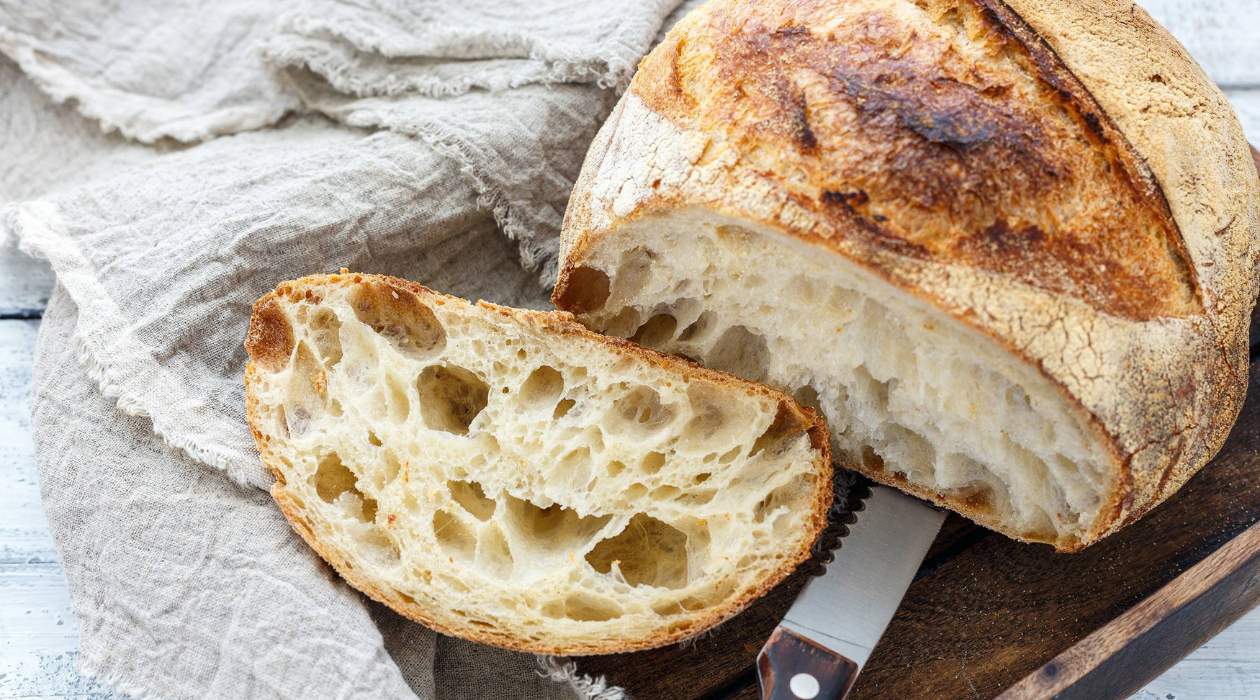
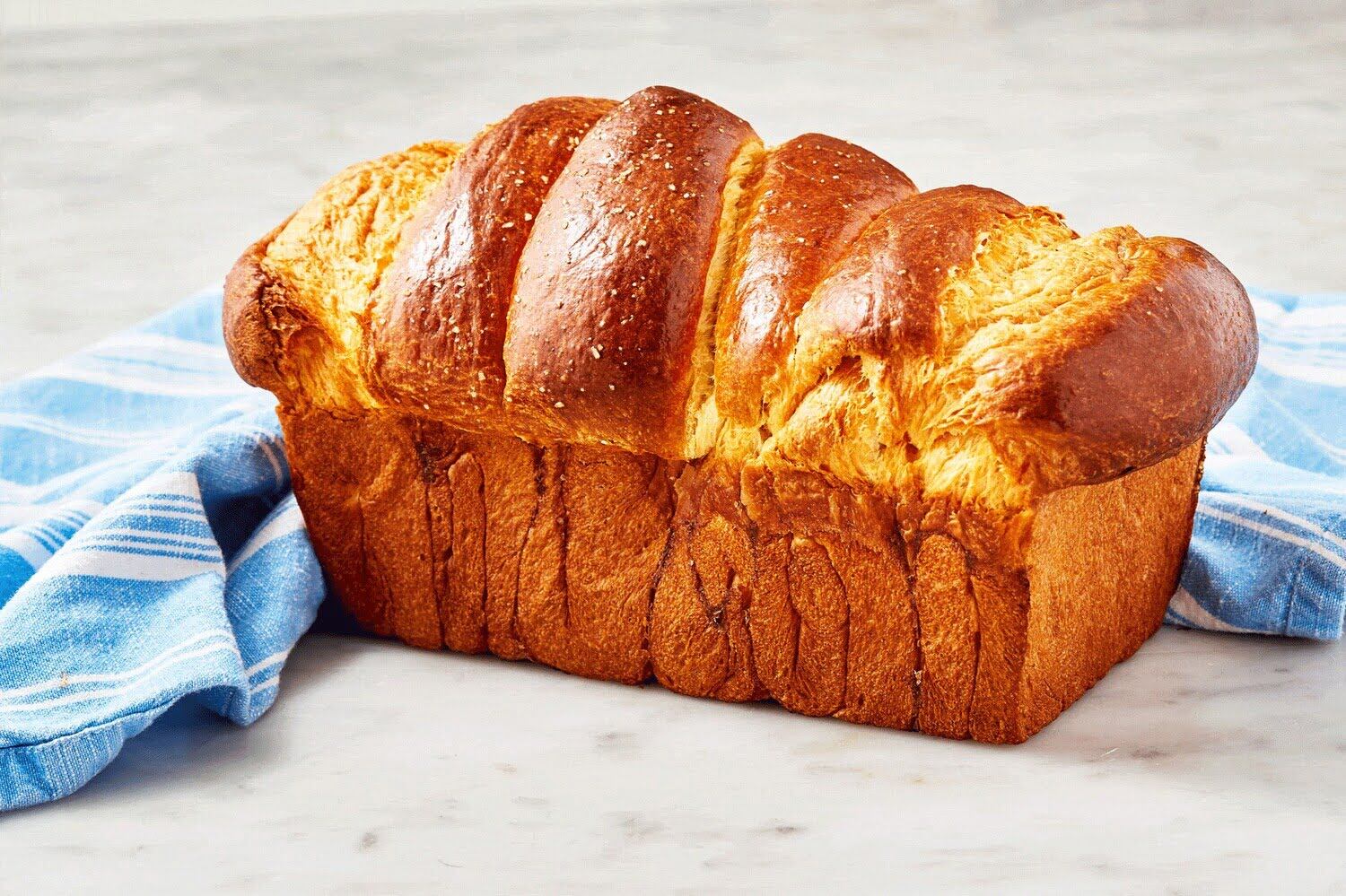

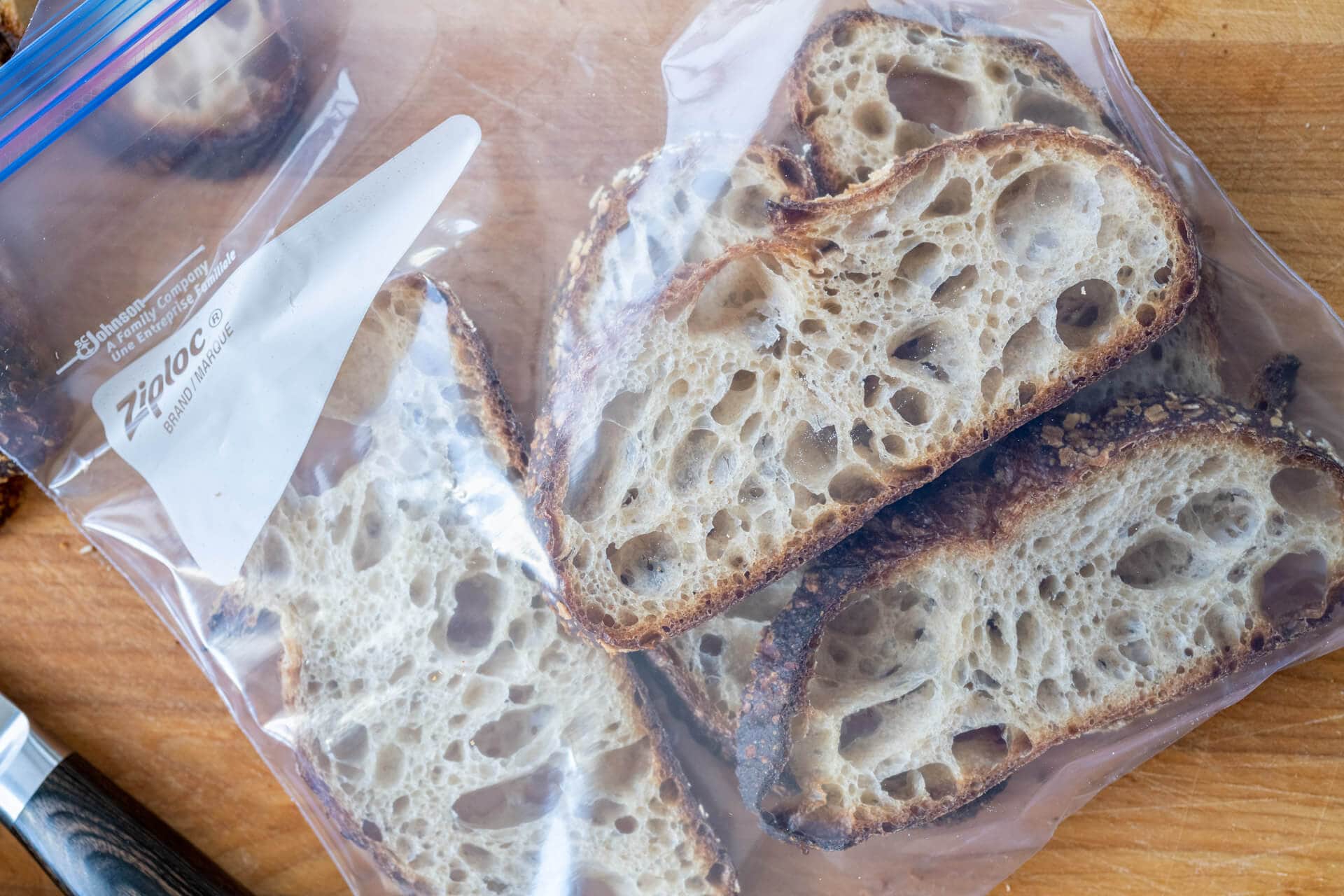

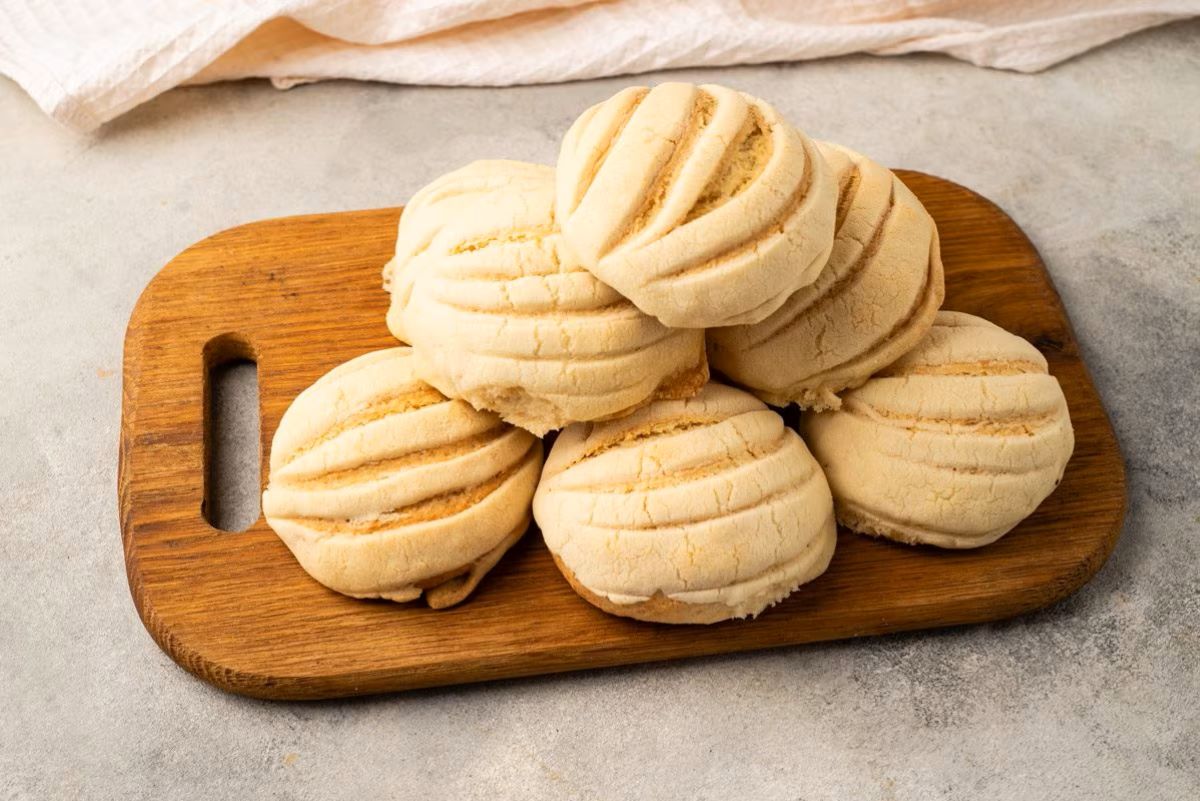

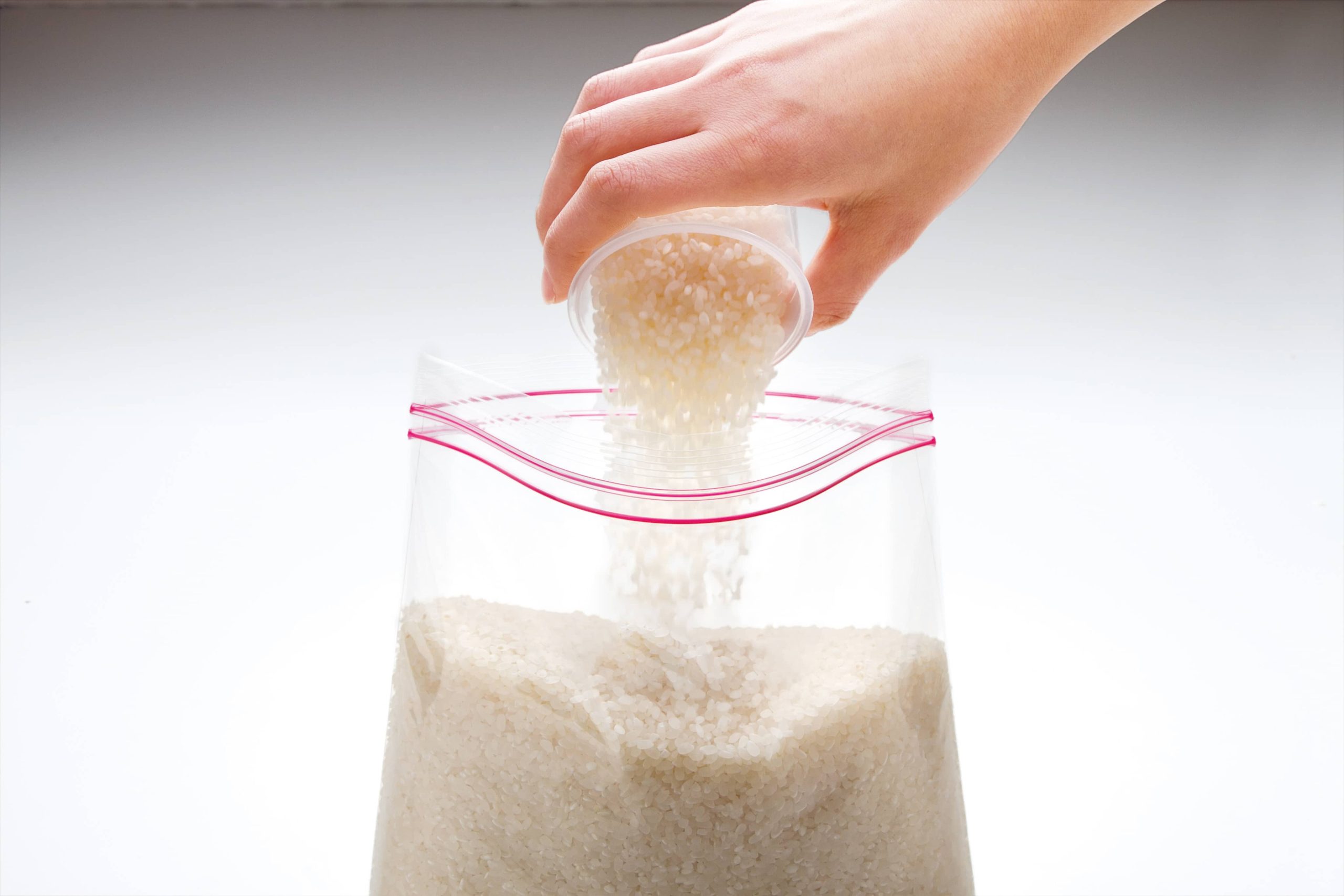
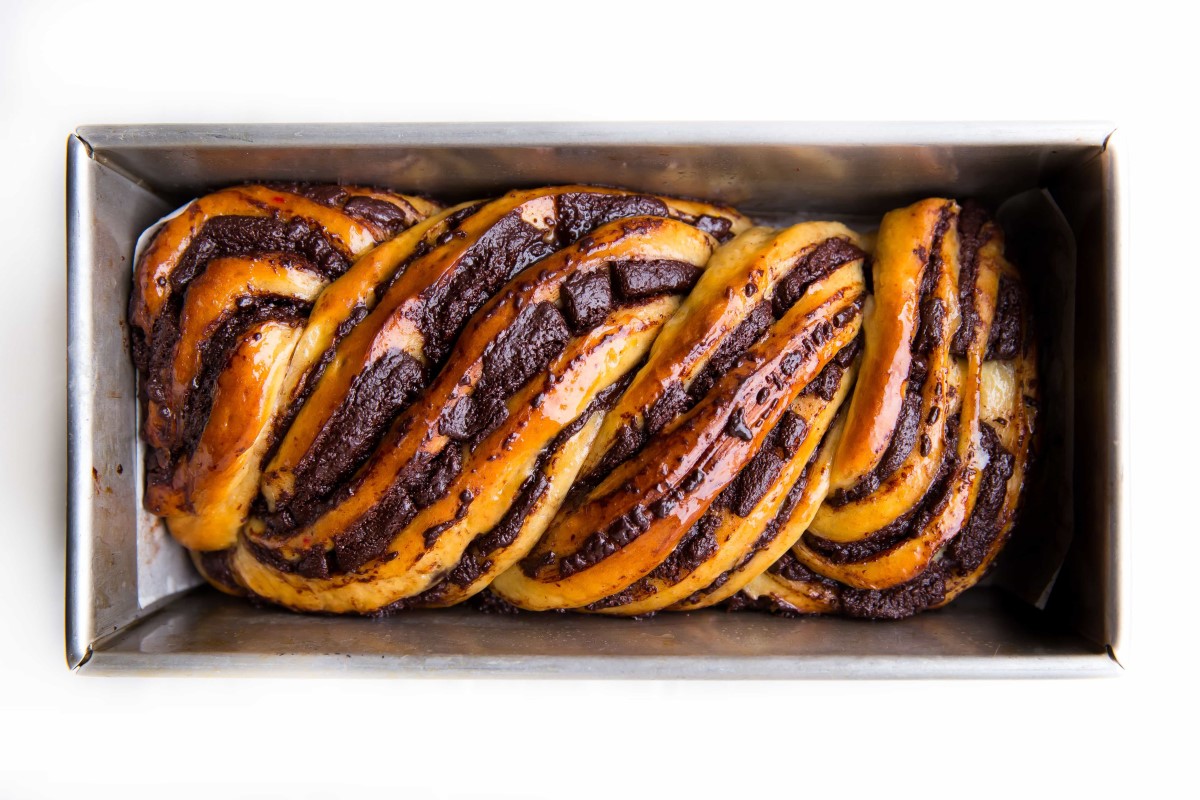
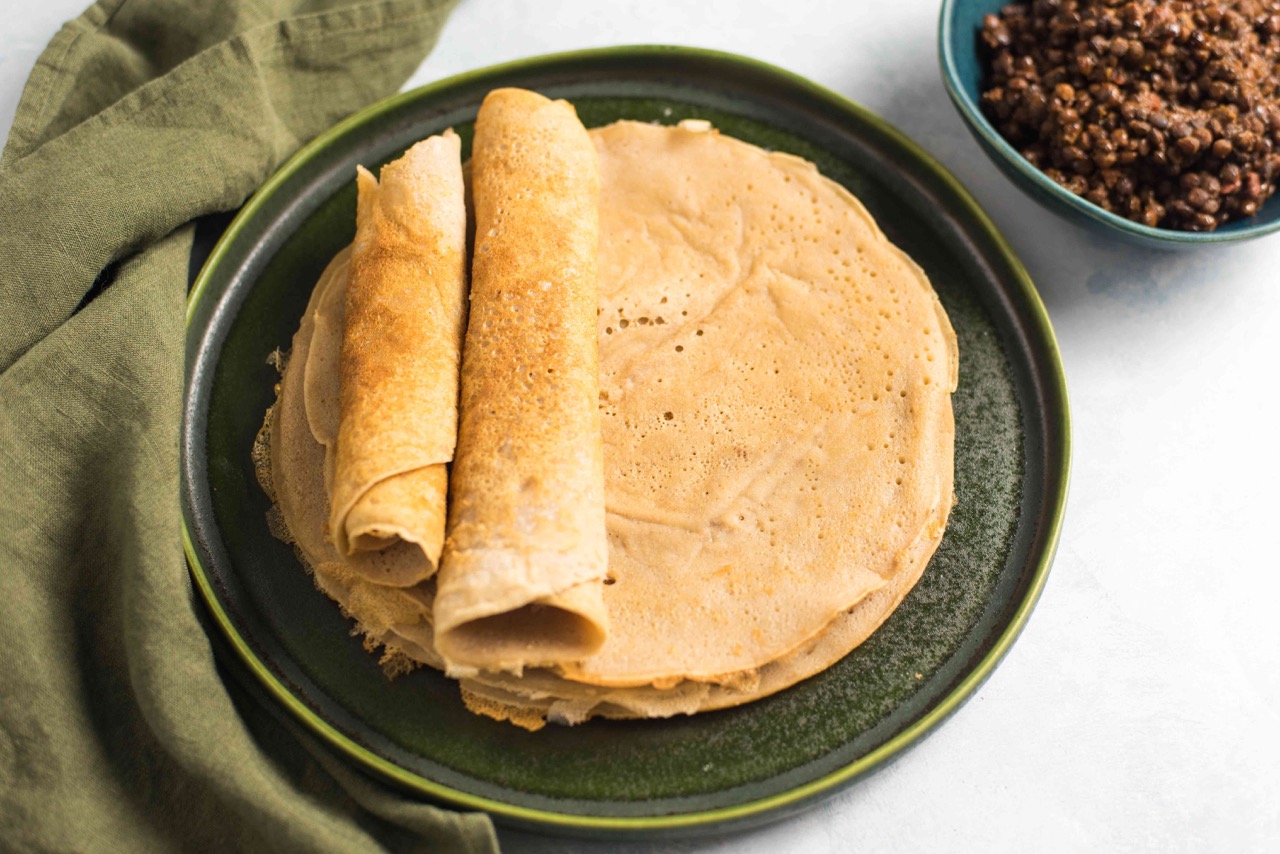





0 thoughts on “How To Store Ciabatta Bread”